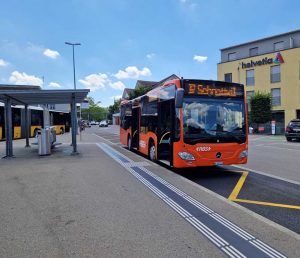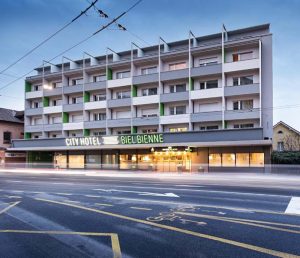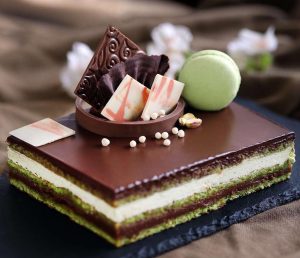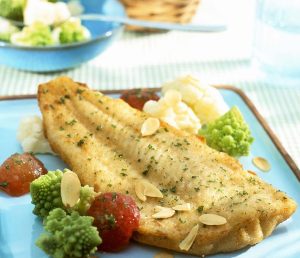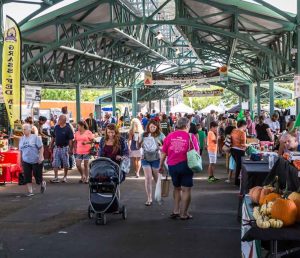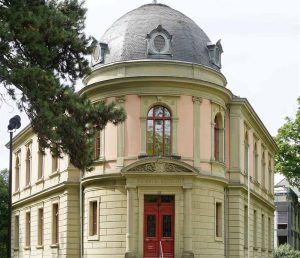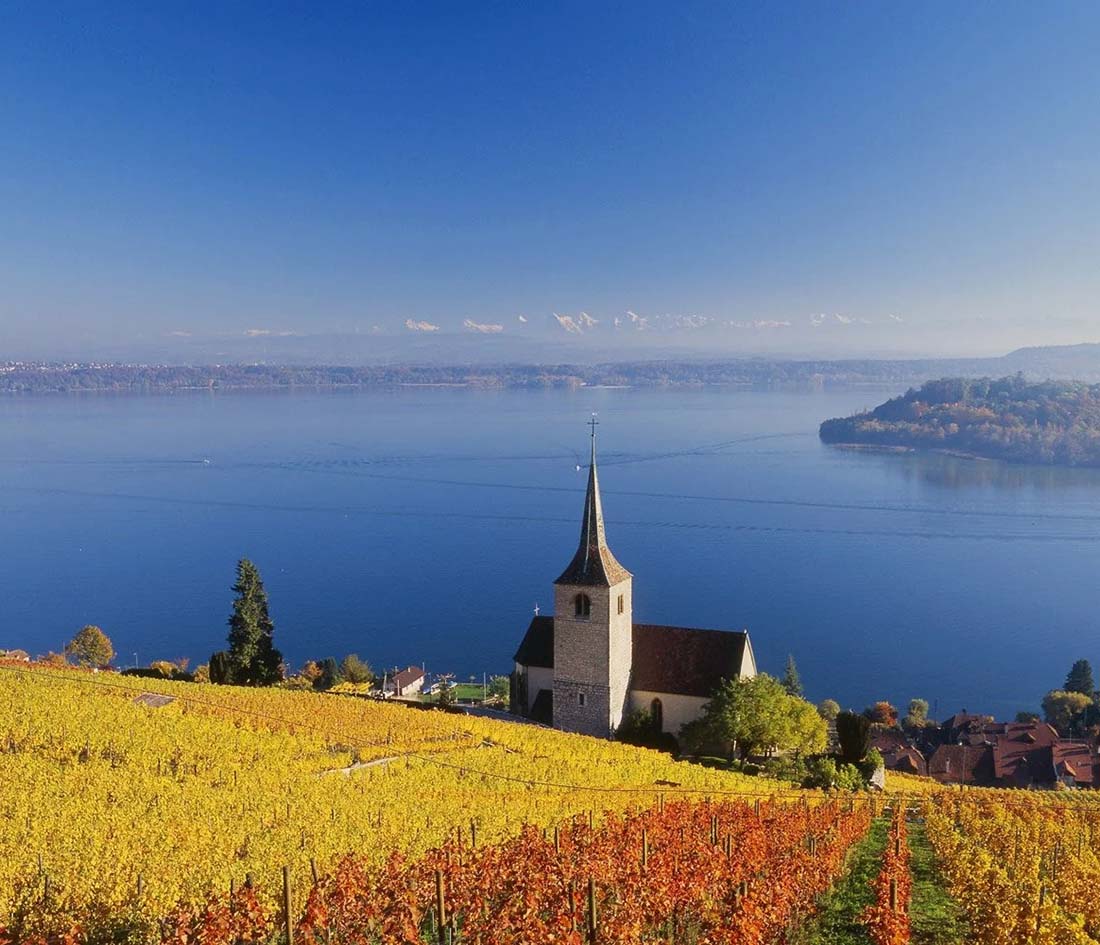
Switzerland has a curious way of folding time. A day feels like a chapter from a much longer novel, complete with twisting paths, radiant skies, and characters that include both human and wild. Lake Biel (Bielersee), nestled at the foot of the Jura mountains, presents such a story in a single day—a seamless blend of tradition, waterborne serenity, and wooded stillness. The air smells of vines and distant mountains. The hillsides whisper of centuries. And the lake? It speaks softly in ripples.
This journey unfolded with a simple aim: to follow where the light falls, where the old pathways wind, and where the water leads when given a bit of time. No rush. Just a pair of sturdy shoes, a day ticket for the lake boats, and a commitment to walk wherever seemed slightly off the expected track.
1. Morning Light in Biel/Bienne: Setting Out
Biel (Bienne, depending on whether one prefers German or French) awakens with a measured hum. The bilingual charm of this city is more than linguistic—it’s felt in the café conversation, the signage, and even in the rhythm of the market vendors setting out their goods. Cobblestones, freshly rinsed from last night’s drizzle, lead the way toward the lakefront.
Starting from the central train station, a short walk leads to the Nidau-Biel harbor. It’s an unassuming beginning, as if the city doesn’t want to reveal its treasures too quickly. A brief breakfast at a local bakery—a plump butter croissant, flaky as autumn leaves, and a coffee strong enough to awaken even the lake mist—provided the ideal sendoff.
From the harbor, the lake glimmers westward, dotted with sailboats still asleep. It’s here that the walking trail begins—not with a sign announcing adventure, but with a gentle nudge from the landscape itself.
2. The Shoreline Trail: From Biel to Twann
The walk westward along the northern shore of Lake Biel is one of steady revelations. The trail is part of the “Rebenweg” (Vineyard Path), which traces the gentle slope between vineyard rows and the calm waters. Along the way, the lake remains visible, occasionally obscured by a lazy willow or the stone arch of an old wine press.
Just beyond Biel, the village of Nidau offers a hint of medieval charm—its moated castle now serves more civic purposes, but still holds the dignity of its centuries. A small footbridge crosses the Nidau-Büren canal, and from here, the path resumes under arching trees.
The trail from Nidau to Twann is roughly 11 kilometers. It’s best savored, not rushed. Along the way, signs offer stories—of viticulture, of the lake’s geologic birth, and of Romans who once navigated these waters in their trade routes northward.
Birdsong is constant, and the lake’s mood shifts with each kilometer. At times, it mirrors the sky; at others, it seems to have its own agenda. The occasional cyclist passes with a friendly nod, and local residents tending their vines offer a greeting that feels more like a welcome than an obligation.
Twann appears around a bend like a page turned. Its stone houses, flower boxes, and curved lanes slope gently toward the water. The village invites a pause. The best kind of pause.
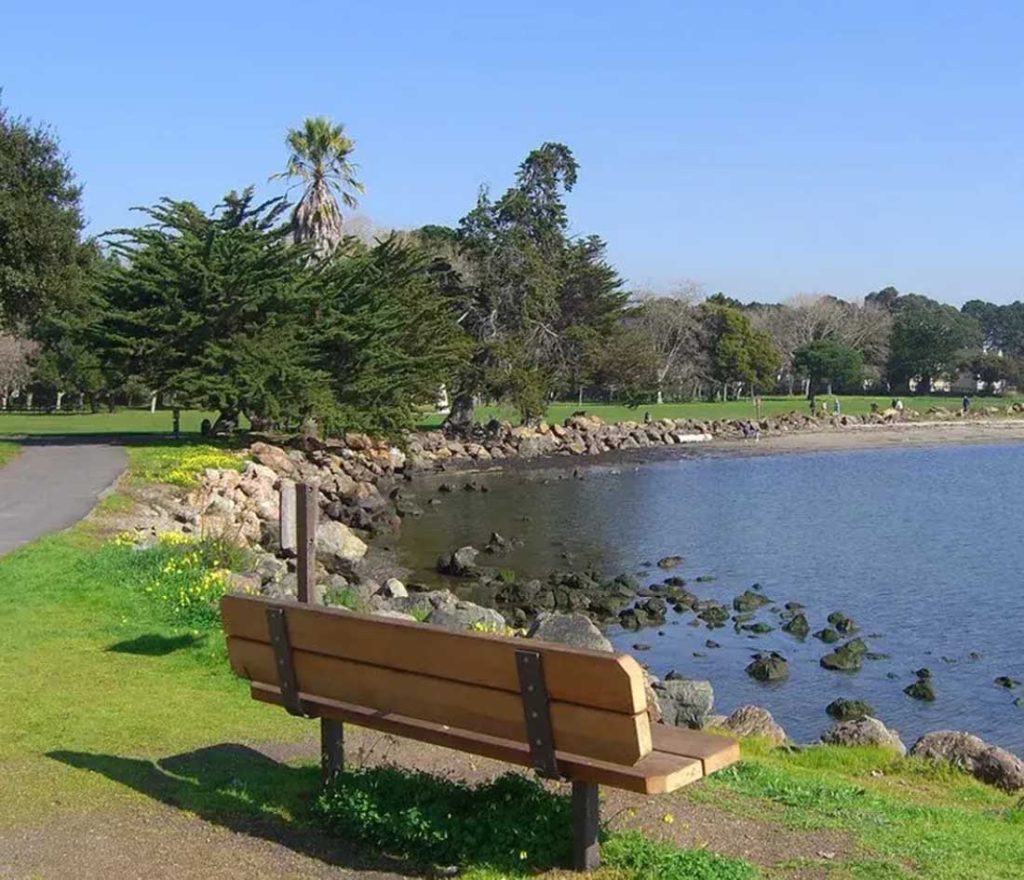
3. Lunch Among the Vines: Twann’s Hidden Cellars
In Twann, lunch is more than a meal. It is an introduction to centuries of winemaking and lake-living. Several wine cellars offer not only tastings but hearty dishes that speak of land and season.
Opting for a rustic tavern tucked behind a chestnut tree, the table came with a view over the vineyards and a waiter whose family name matched the label on the bottle. The lake fish, caught earlier that morning, arrived pan-fried with lemon and wild herbs. A glass of Chasselas—dry and gently floral—was its perfect match.
Behind the tavern, ancient wine cellars offer cool stone interiors where bottles age beneath the hill. Some date back more than 200 years. The cellar master spoke softly of harvests past, of changing seasons and steady craft. The air was heady with barrelwood and silence.
4. Afternoon by Boat: From Twann to St. Peter’s Island
The lake boats run with a punctuality only Switzerland could perfect. From Twann’s modest pier, the afternoon cruise felt like a shift in tempo—feet rested, the eyes now drawn to horizon lines and cloudscapes.
As the boat pulled away, the vineyards receded into tiers, and St. Peter’s Island emerged like a myth confirmed. Once a true island, now a peninsula thanks to 19th-century engineering, it remains reachable only by foot or boat—no cars, no concrete interruptions.
Disembarking on St. Peter’s Island is like stepping into a landscape preserved by intent. Paths wind through meadows, chestnut groves, and ancient forests. Rousseau once lived here briefly in exile, and his admiration of the island’s solitude remains easy to understand. There’s a former monastery now serving as a quiet hotel and restaurant, its cloisters still echoing footsteps from the 12th century.
A walk around the island takes an hour or more, depending on one’s pace and level of distraction. On this occasion, distractions were abundant: a hare darting across the path, the rhythmic buzz of bees in wild thyme, a hidden chapel embraced by ivy. The island has a way of slowing time again, of loosening one’s grip on plans.
5. A Detour Inland: Erlach and the Hidden Path to Pilgrimage
From the southern edge of the island, a footpath leads back to the mainland and to Erlach, a town often overlooked by travelers focused on better-known destinations. Its hilltop castle and terraced houses hold quiet stories, but the real surprise lies above the village: the path to Jolimont.
The Jolimont ridge offers a panoramic view of the Three Lakes region (Biel, Neuchâtel, Murten). Few visitors climb this high, but the reward is clarity—both literal and contemplative. The path winds through beech forest and occasional clearings where a bench waits, perhaps placed by someone who understood the need for pause.
At the summit stands a stone tower, once a watch post, now a perfect place to trace the day’s journey in reverse: the shimmer of Biel in the east, the mirrored silhouette of the island, and the curve of vineyards like brush strokes on canvas.
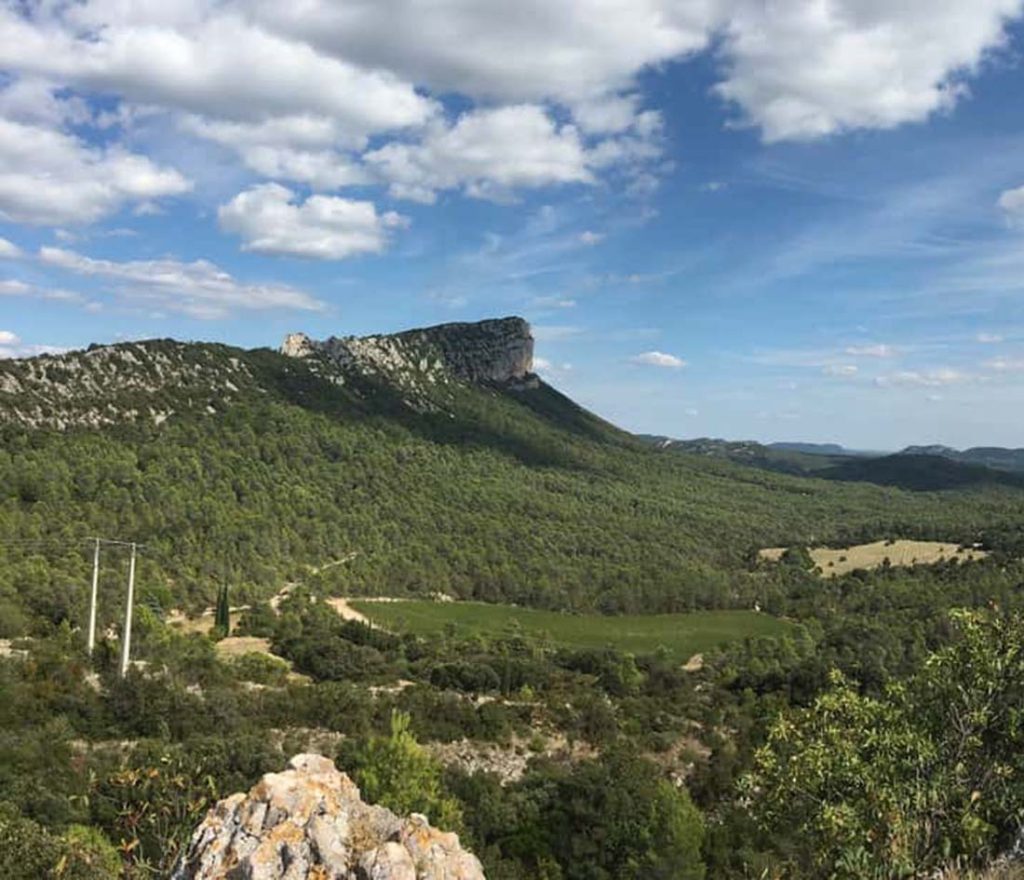
6. Evening Back on the Water: Erlach to Biel by Boat
Returning to Biel by water in the late afternoon is to see the landscape in reverse, but with new eyes. The sun, now descending toward the Jura range, casts long reflections. The lake seems deeper, richer in color. Boats drift lazily. Fishermen prepare their lines for twilight catch.
The boat hugs the shoreline, stopping briefly at La Neuveville and Ligerz, each village with its own dialect, its own steeple, its own way of pressing the past gently into the present. Ligerz, with its slanted alleys and hill-perched church, tempts a future visit.
Conversations aboard are subdued, as if the passengers have all agreed not to disturb the lake’s last hour of light. Children nap. Couples lean toward each other, whispering. The conductor calls the stops like a liturgy.
7. Dusk Along the Esplanade: Biel’s Last Light
Back in Biel, the lakefront transforms into a promenade of silhouettes and soft music. Street musicians set up along the Esplanade, and families unfold picnics on benches. Cyclists slow their pace. The Jura mountains turn indigo.
Dinner called for a final salute to the day: a lakeside restaurant with candles flickering against the window glass. Rösti with Gruyère, a plate of lake perch, and a final glass of Pinot Noir from a vineyard passed earlier that morning. The waiter mentioned the wine had been harvested during a particularly golden autumn. It tasted like it.
8. Nightfall Reflections: Between Water and Vine
The walk back to the hotel traced the same route that had begun the day, but nothing looked the same. That is the secret gift of a place like Lake Biel—it alters perception not with grand spectacle, but with gentle shifts. The water retains stories. The air, now cooler, hums with insect chorus and the faint scent of woodsmoke.
Even the lamplight had changed, casting longer shadows and warmer tones on the cobblestones. There was no need to capture it all. It had already taken root in memory.
